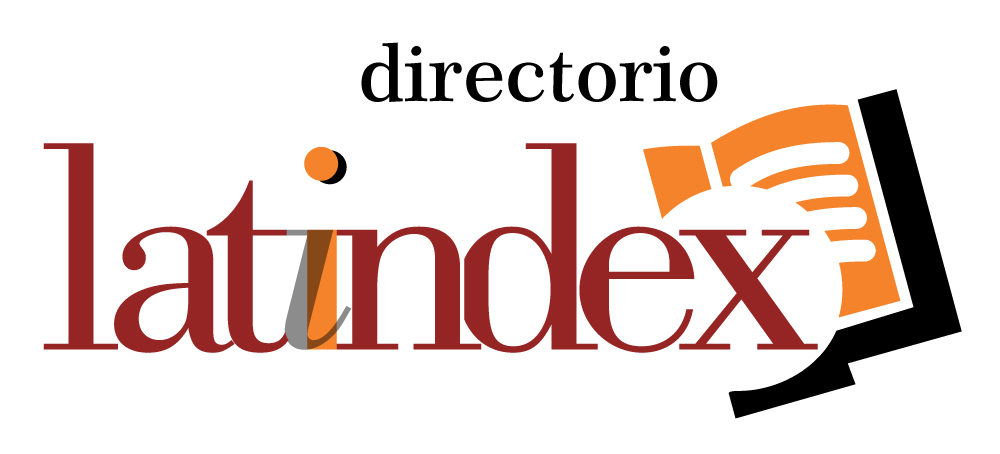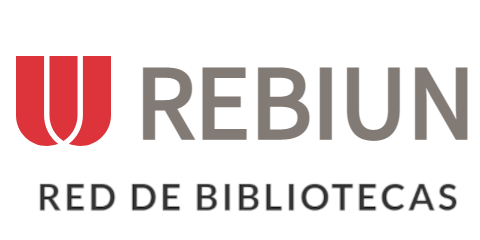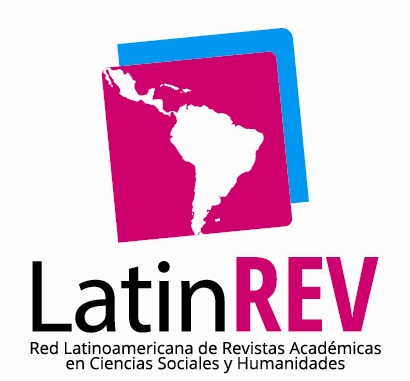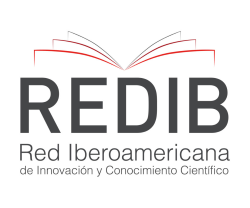An Action Research for Implementing Affective Teaching Strategies for Reducing Anxiety and Increasing Motivation in EFL Beginner Learners at Campus Liberia of Universidad Nacional (UNA) in Guanacaste, Costa Rica
Resumen
This study explores the impact of teacher feedback and behavior on student motivation and performance in English as a Foreign Language (EFL) classrooms. It highlights the negative effects of harsh feedback and emotional abuse, contrasted with the positive outcomes of supportive teacher-student interactions. Using a mixed-methods approach involving surveys and classroom observations of 64 beginner EFL students, the research identifies various self-motivation techniques students use, such as positive self-statements and relaxation methods. The study also evaluates the effectiveness of a pedagogic proposal incorporating five affective teaching strategies, which significantly enhance student engagement and learning. The findings underscore the importance of a positive and empathetic classroom environment, recommending that teachers and educational institutions adopt supportive and innovative teaching methods to improve EFL education outcomes.
Descargas
Citas
https://www.researchgate.net/publication/317203486_Building_a_Positive_Environment_in_Classrooms_through_Feedback_and_Praise
Alvarado, L. (2018). Costa Rican Government Makes Teaching of English as a Second Language a Priority in Education - Costa Rica Star News. Retrieved from https://news.co.cr/costa-rican-government-makes-teaching-of-english-as-a-second-language-a-priority-in-education/75185/
Arzamendi, J.; Ball, P. & Palacios, I. (2019). Second Language Acquisition. Barcelona: Fundación Universitaria Iberoamericana: Barcelona, p.p. 1-82.
Baloglu, N. (2009). Negative Behavior of Teachers With Regard to High School Students in Classroom Settings. Retrieved from
https://www.researchgate.net/publication/274567625_Negative_Behavior_of_Teachers_With_Regard_to_High_School_Students_in_Classroom_Settings
Binnie Smith, D. (1996). Teacher decision making in the adult ESL classroom. In Freeman D. & Richards J. (Eds.), Teacher Learning in Language Teaching (pp. 197-216). New York: Cambridge University Press.
Boyce, P. (2020, September 25). Pygmalion Effect Definition. Retrieved from https://boycewire.com/pygmalion-effect-definition/
CEIC. (2020). Costa Rica CR: Literacy Rate: Adult: % of People Aged 15 and Above. Economic Indicators. Retrieved from https://www.ceicdata.com/en/costa-rica/education-statistics/cr-literacy-rate-adult--of-people-aged-15-and-above
Chomsky, N. (1959). Review of Verbal Behaviour by B.F. Skinner. Language, 35, 26-58.
Cohen, E. G. (1994). Designing Groupwork. Strategies for the Heterogeneous Classroom (2nd edition). New York: Teachers College Press.
Council of Europe. (2020). Global scale - Table 1 (CEFR 3.3): Common Reference levels. Retrieved from https://www.coe.int/en/web/common-european-framework-reference-languages/table-1-cefr-3.3-common-reference-levels-global-scale
ELT, O. (2021). Task Based Learning: A Dynamo for 21st Century Learning. Oxford University Press. Retrieved from https://oupeltglobalblog.com/2020/01/06/task-based-learning/
Fehling, S. (n. d.). Cooperative Learning in the EFL Classroom, Universität Kassel, Bundesrepublik Deutschland.
Fernández, E. & Sanabria, S. (2019, May 4th). Guanacaste, ¡Un destino por explorar! Retrieved from https://www.periodicomensaje.com/turismo-negocios/3624-guanacaste-un-multidestino-por-explorar.
Aguirre Chávez, J. F., Franco Gallegos, L. I., Ivett Robles Hernández, G. S., & Montes Mata, K. J. (2024). Impacto de la Actividad Física en la Prevención y Tratamiento de la Obesidad: Una Revisión Sistemática. Estudios Y Perspectivas Revista Científica Y Académica , 4(2), 87–110. https://doi.org/10.61384/r.c.a.v4i2.199
Granados Flores, A. A., Arriola Ríos, D. I., & González Soto, J. R. (2024). Lesiones de Tendones Extensores: Luxaciones de Tendones Extensores en Zona V. Revisión bibliográfica . Revista Científica De Salud Y Desarrollo Humano, 5(1), 313–324. https://doi.org/10.61368/r.s.d.h.v5i1.94
Tiboni Kaiut, R. K., Spercoski Kaiut, A. F., & Agrela Rodrigues, F. de A. (2024). Vida Longeva: Criando Hábitos para Envelhecer com Saúde. Emergentes - Revista Científica, 4(1), 368–380. https://doi.org/10.60112/erc.v4i1.116
López, C., & Rivera, M. (2023). Control de Enfermería en Personas con Diabetes Gestacional en Embarazadas de la Argentina. Revista Veritas De Difusão Científica, 4(2), 88–101. https://doi.org/10.61616/rvdc.v4i2.48
Fernández C., F. (2024). Determinación De Erodabilidad En Áreas De Influencia Cuenca Poopo Región Andina De Bolivia. Horizonte Académico, 4(4), 63–78. Recuperado a partir de https://horizonteacademico.org/index.php/horizonte/article/view/19
Medina Nolasco, E. K., Mendoza Buleje, E. R., Vilca Apaza, G. R., Mamani Fernández, N. N., & Alfaro Campos, K. (2024). Tamizaje de cáncer de cuello uterino en mujeres de una región Andina del Perú. Arandu UTIC, 11(1), 50–63. https://doi.org/10.69639/arandu.v11i1.177
Da Silva Santos , F., & López Vargas , R. (2020). Efecto del Estrés en la Función Inmune en Pacientes con Enfermedades Autoinmunes: una Revisión de Estudios Latinoamericanos. Revista Científica De Salud Y Desarrollo Humano, 1(1), 46–59. https://doi.org/10.61368/r.s.d.h.v1i1.9
Funiber. (2019a). Approaches to Language in the Classroom Context. Barcelona: Funiber.
George Lucas Educational Foundation. (2014, June 25th). Creating an Emotionally Healthy Classroom Environment. Retrieved from https://www.edutopia.org/blog/creating-emotionally-healthy-classroom-environment-mark-phillips
Hyland, K. & Hyland, F. (2006). Feedback in Second language writing (1st ed.). New York: Cambridge University Press.
Ledesma Ayora, M. (2013). Investigando el potencial con Programación Neuro Lingüística. Quito: Editorial Jurídica del Ecuador.
Madrid, D. (2019. Action Research in Observation and Research in the Language Classroom. Barcelona: Fundación Universitaria Iberoamericana.
Roboh, P. A. & Tedjaatmadja, H. (n. d.). Affective Strategies Used By High Proficiency Learners At Hand Fortuna Center. East Java. Retrieved from
https://www.google.com/search?source=hp&ei=1H4oYLaYCJKSwbkPpZq2yAo&iflsig=AINFCbYAAAAAYCiM5IFH9VXhNEMY5yL0FtgXACh_y_6K&q=examples+of+affective+strategies+in+teaching+&oq=examples+of+affective+strategies+in+teaching+&gs_lcp=Cgdnd3Mtd2l6EAMyCAghEBYQHRAeOgUIABCxAzoICAAQsQMQgwE6AggAOggIABDHARCvAToGCAAQFhAeOgQIABATOggIABAWEB4QE1DUFFjWigFgj5IBaAJwAHgBgAGkBIgB-kWSAQwwLjM1LjYuMi4xLjKYAQCgAQGqAQdnd3Mtd2l6sAEA&sclient=gws-wiz&ved=0ahUKEwi20oHKnujuAhUSSTABHSWNDakQ4dUDCAY&uact=5
Rodrigo, D. (2016). Effect of Teachers’ Emotions on Their Students: Some Evidence. Retrieved from https://www.researchgate.net/publication/311949229_Effect_of_Teachers%27_Emotions_on_Their_Students_Some_Evidence
Skinner, E. A. & Belmont, M. J. (1993). Motivation in the Classroom: Reciprocal Effects of Teacher Behavior and Student Engagement Across the School Year. Journal of Educational Psychology, 85(4), 571-581.
Smith, C. B. (2010). Harmony in the Classroom. The Journal of Business Education. Retrieved from https://www.tandfonline.com/doi/abs/10.1080/08832323.1956.10115876?journalCode=vjeb19 https://www.revistas.una.ac.cr/index.php/letras/article/view/6303
Sutton, R. E. & Wheatley, K. F. (2003). Teachers’ Emotions and Teaching: A Review of the Literature and Directions for Future Research. Educational Psychology Review, 15(4), 327-358.
Zeng, Y. (2008). Anxiety and Second/Foreign Language Learning Revisited. Literature Review/Revue de la documentation, 1(1).
Derechos de autor 2024 Carlos Gerardo Ruiz Sequeira, Tobias Montero Cortes, María Fernanda Moya Bello, Jorge Brenes Zúñiga

Esta obra está bajo licencia internacional Creative Commons Reconocimiento 4.0.













.png)




















.png)
1.png)


